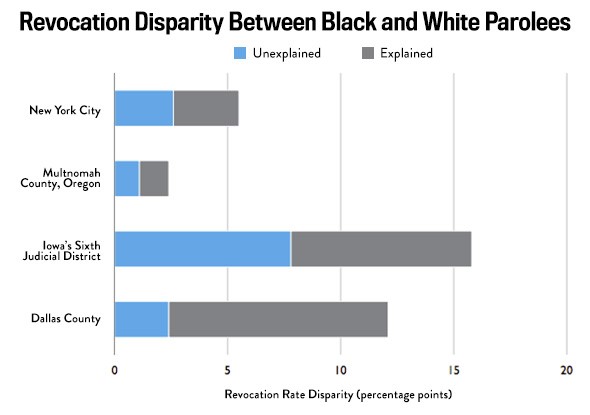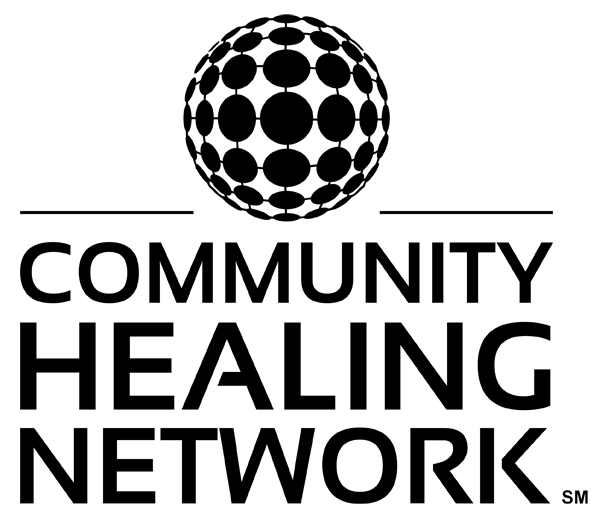This tool kit was developed for self-care, family-care, and community care. It is designed to comfort and inspire us in difficult times and strengthen our sense of community for the journey ahead.
Resources
FAQ
Why have we not achieved full racial equality despite all the constitutional amendments, litigation, and legislation?
We believe the reason is that our community has been fighting anti-Black racism without attacking its root cause of White superiority and Black inferiority.
What makes CHN different from other organizations?
We are the only organization focused exclusively on the Lie of White superiority and Black inferiority and Embrace the Truth of Black Humanity. These ideologies form the foundation for both the devaluation of Black lives and the racial disparities between Black and White people.
Why now?
Does CHN provide healing for Black people only?
CHN believes that intra-racial healing is a prerequisite for inter-racial healing. Each group must initiate its own work before we can hope to come together to heal across our differences. Although CHN is focused on addressing the needs of Global Africa, our work benefits people of all races by raising awareness about, and helping to remove, the fundamental barriers to full racial equality. We are happy to suggest resources for other groups.
How can I volunteer with CHN?
Please visit our contact us page for more information.
How can I join the movement for emotional emancipation?
- Take the Pledge to Defy The Lie
- Follow us across Instagram, Twitter, Facebook and LinkedIn to keep up with upcoming initiatives, healing circles, events, and more.
- If you are interested in volunteering or an internship, please contact us here.
- For more detailed information about getting your organization, community or family involved. Email us here.
How can I support CHN?
Help us spread the word about the movement for emotional emancipation and the crucial work we are doing. Consider making a one-time or recurring donation to CHN. We need financial resources that are commensurate to the magnitude of the problem we are solving. No amount is too small! Link to donate page.
If you are interested in volunteering or an internship, please contact us here.

TOOLKITS
At Community Healing Network, we believe that Black people from every walk of life deserve to be seen and represented. These resources act to spread knowledge and empowerment to every member of Global Africa.
Resources for LGBTQIA+ Members
We know that the LGBTQIA+ community experiences discrimination and other forms of injustice at disproportionate rates. For members of the LGBTQIA+ community who are also of African ancestry, the intersectionality of these marginalized identities yield unique challenges.
Essential Reading for Community Healing
- Enola G. Aird, “Toward a Renaissance for the African-American Family: Confronting the Lie of Black Inferiority,” Emory Law Journal, 58 (2009): 7.
- Naim Akbar, Ph.D., Breaking the Chains of Psychological Slavery
- Dr. Maya Angelou, A Song Flung Up to Heaven
- Tom Burrell, Brainwashed: Challenging the Myth of Black Inferiority
- Dr. Joy DeGruy, Ph.D., Post Traumatic Slave Syndrome: America’s Legacy of Enduring Injury and Healing
- Donna L. Franklin, What’s Love Got To Do With It?: Understanding and Healing the Rift Between Black Men and Women
- Michelle Gourdine, M.D., Reclaiming Our Health: A Guide to African-American Wellness
- bell hooks, Rock My Soul: Black People and Self-Esteem
- Ibram X. Kendi, Stamped from the Beginning: The Definitive History of Racist Ideas
- Toni Morrison, Beloved and The Bluest Eye
- Alvin Poussaint, M.D., and Amy Alexander, Lay My Burden Down: Unraveling Suicide and the Mental Health Crisis Among African Americans
- Brenda Lane Richardson and Dr. Brenda Wade, What Mama Couldn’t Tell Us About Love: Healing the Emotional Legacy of Racism By Celebrating Our Light
- Terrie Williams, Black Pain: It Just Looks Like We’re Not Hurting
- Carter G. Woodson, The Miseducation of the Negro
What books would you add to the Community Healing Essential Reading List and why? Please tell us at valuingblacklives@www.shopmissnias.com
Fact Sheet: Race-Based Data Through the Life Cycle
The Early Years (0 to 12)
Black infants are more than twice as likely to die as White infants. A growing body of research links this disparity to the toxic psychological stress experienced as a result of systemic racism.
Black students as young as four years old are already facing unequal treatment from school administrators. According to a 2014 study:
- Black students accounted for 18% of the country’s pre-K enrolment but made up 48% of preschoolers with multiple out-of-school suspensions.
- Black students were expelled at three times the rate of White students.
- Black girls were suspended at higher rates than all other girls and most boys.
- Nearly one in four boys of color, excepting Latino and Asian American students, with disabilities received an out-of-school suspension.
- One in five girls of color with disabilities received an out-of-school suspension.
- A quarter of the schools with the highest percentage of Black and Latino students did not offer Algebra II.
- A third of these schools did not offer chemistry.
- Black and Latino students accounted for 40% of enrolment at schools with gifted programs, but only represented 26% of students in such programs.
- Black, Latino and Native American students attended schools with higher concentrations of first-year teachers (3-4%) than White students (1%).
- Black students were more than three times as likely to attend schools where fewer than 60% of teachers meet all state certification and licensure requirements.
Among children ages 5 to 12, Black children have a significantly higher incidence of suicide than White children.
The Teen Years (13-18)
The U.S. Department of Education saw a spike in student racial harassment complaints in 2017 as it planned to scale back civil rights investigations and shrink the office that handles these submissions.
The Young Adult Years (18 – 25)
Police arrest Black Americans for drug crimes at twice the rate of White Americans, according to federal data, despite the fact that White Americans use drugs at comparable rates and sell drugs at comparable or even higher rates.
Black women in the United States are three to four times more likely to die from pregnancy-related causes as White women.
Black Americans are criminalized and surveilled more heavily than other demographics, as seen in a recently documented trend of White Americans calling the police on Black people for merely existing in public space.
The Adult Years (26-65)
A large wealth disparity still exists between White and Black Americans. Among other factors, FHA redlining, restrictive covenants, and exploitative contract-selling practices that capitalized on Black families’ inability to get conventional mortgages all prevented African-Americans from generating wealth through homeownership for much of the 20th century.
 Black Americans may be excluded from juries because of their race, and are more likely to serve longer sentences than White Americans for the same offense.
Black Americans may be excluded from juries because of their race, and are more likely to serve longer sentences than White Americans for the same offense.
 Black Americans are also more likely to be disenfranchised because of a felony conviction. According to recent estimates from the Sentencing Project, 2.5% of all Americans are disenfranchised due to a current or past felony conviction. For Black Americans, the figure is 7.7%, or about 1 in 13.
Black Americans are also more likely to be disenfranchised because of a felony conviction. According to recent estimates from the Sentencing Project, 2.5% of all Americans are disenfranchised due to a current or past felony conviction. For Black Americans, the figure is 7.7%, or about 1 in 13.
A 2014 study in New York City showed that Black Americans were more likely than White Americans or non-Black minorities to be in jail while they await trial, even after controlling for the seriousness of charges and prior record (Source: Bureau of Justice Statistics).
Black Americans are also more likely to have their cars searched. Police are three times as likely to search the cars of stopped Black drivers than stopped White drivers. Nationally, Black drivers are also more likely to be pulled over and less likely to receive a reason for being stopped.
Black Americans are also more likely to have their probation revoked:
 Unemployment rates and the employment-population ratio also vary by race and ethnicity. In 2016, the overall civilian unemployment rate was 4.9% and 8.4% for Black Americans; the rate for White Americans was 4.3%, and the rate for Latino Americans was 5.8%.
Unemployment rates and the employment-population ratio also vary by race and ethnicity. In 2016, the overall civilian unemployment rate was 4.9% and 8.4% for Black Americans; the rate for White Americans was 4.3%, and the rate for Latino Americans was 5.8%.
| Unemployment rate and employment-population ratio by major race and ethnicity groups, 2016 annual averages | ||
| Race or ethnicity group | Unemployment rate | Employment–population ratio |
| Total | 4.9% | 59.7% |
Unemployment rate and employment-population ratio by major race and ethnicity groups, 2016 annual averages:
| Black or African American | 8.4 | 56.4 |
| Hispanic or Latino | 5.8 | 62.0 |
| White | 4.3 | 60.2 |
| Asian | 3.6 | 60.9 |
 Black Americans die at the hands of police at a rate of 7.2 per million, while White Americans are killed at a rate of 2.9 per million.
Black Americans die at the hands of police at a rate of 7.2 per million, while White Americans are killed at a rate of 2.9 per million.
The Senior Years (65 and older)
Unemployment for Black Americans aged 55+ increased in the 1st quarter of 2018.
Environmental Injustice Across the Lifespan
Black and other racialized minorities, and low-income Americans, are also disproportionately paying the price as environmental injustice increases in the United States.



